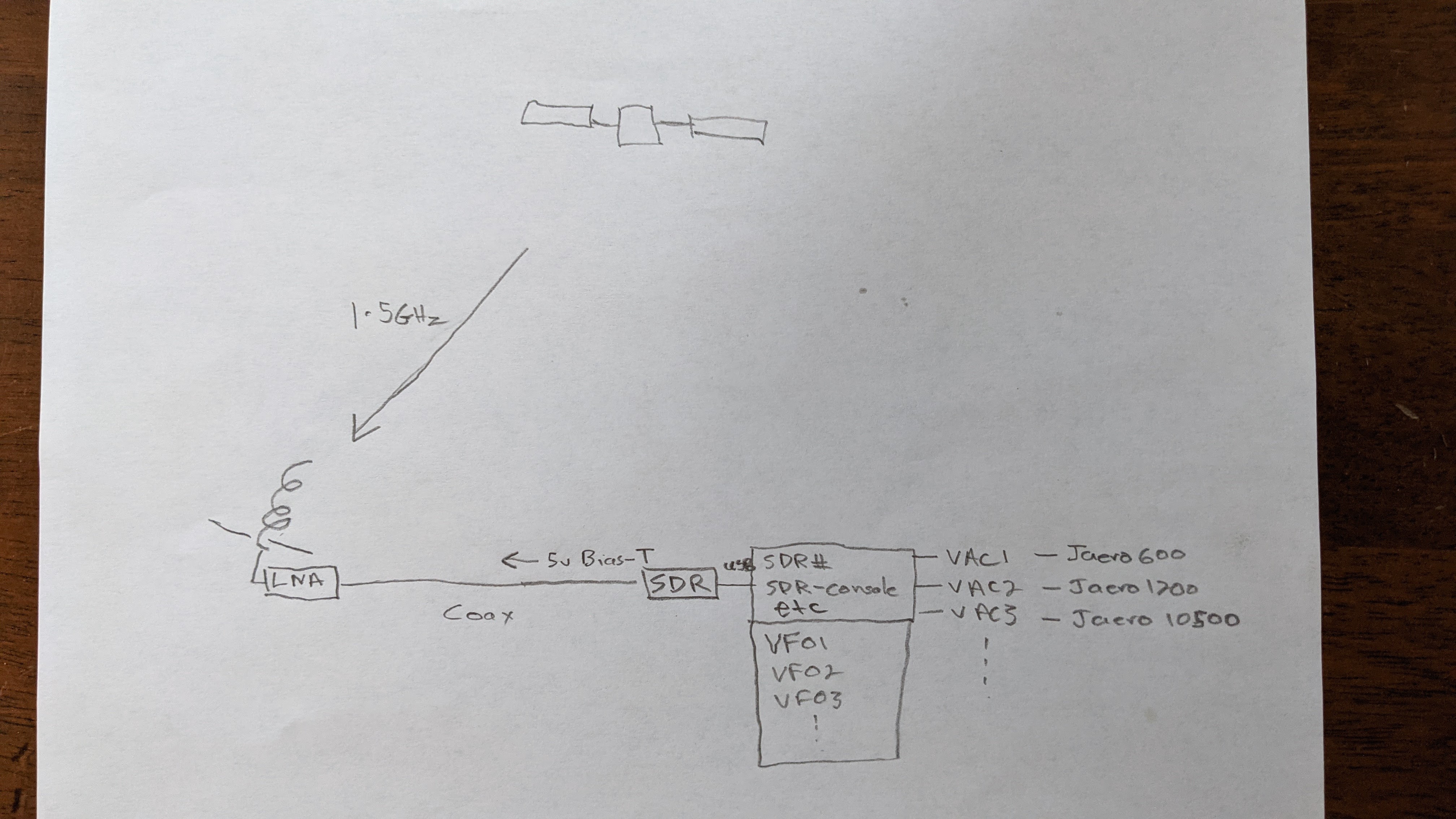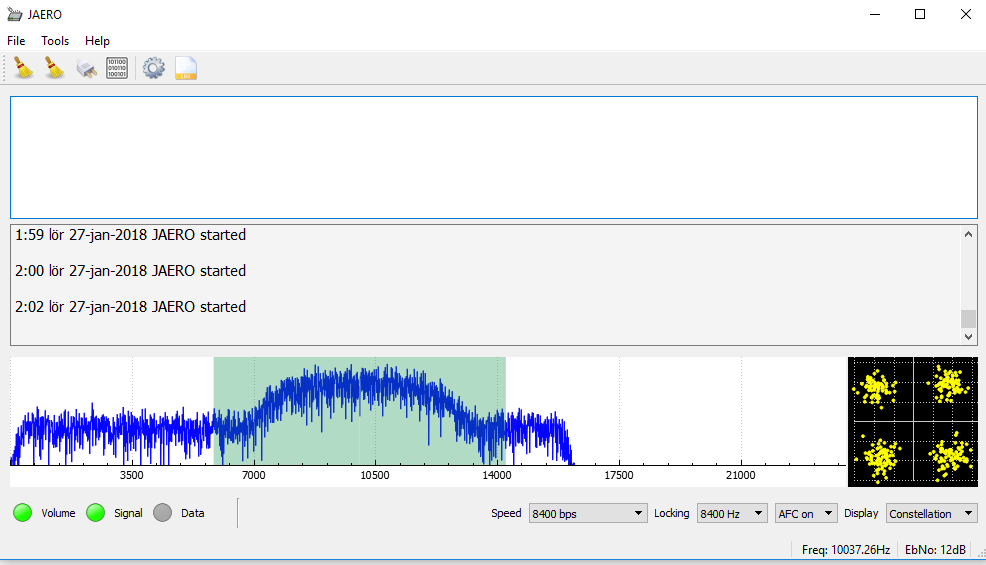

I heard on #hearsat that using AM to demodulate QPSK will tell you the bitrate because there will be a spike in the audio waterfall. If I just knew what the really wide signal was, I'd decode it in GNUradio and publish the details. There are 2 alternatives to Virtual Radar Server for Windows. It runs a local web server where aircraft can be viewed on a map'. No matter what, this wide signal seems to come in much stronger than the numerous ~168 kHz ones on killmore231's Imgur page. Virtual Radar Server is described as 'open-source application that can connect with aircraft ADS-B exchanges as well as locally run tracking systems. I am getting good Inmarsat message decodes in JAERO from Inmarsat-4 F3 AOR-W (using an RSP1A), but can't figure out the settings to get the data piped to PlanePlotter (although I can get PlanePlotter to decode ADS-B messages just fine via Dump1090). I found that the perfect focal distance for L-band is in fact right where the original Ku/Ka LNB was, so you'll notice in the dish photos that that's where the helix is mounted. I suspect the poor indoor performance is partly due to the tree outside my window, and of course the glass and metal of the window. Notice how most of the signals are bright red. #3.1 (Best): LHCP helix and 81cm DirecTV dish, outdoors I like that I was able to at least see a signal indoors, but it really works much better outside. On #hearsat I found that these are some kind of aircraft signal, I think 3372 kilobit QPSK, but so far JAERO won't do anything with them. I have been able to get a better indoor signal (see below), but the signal strength pictured above is pretty typical right now.

However, all I had to do was take the setup outdoors (see #3.1) and it outperformed the 10-turn helix.
Jaero planeplotter 98w software#
People on #hearsat told me that a dish setup was the very best, but after this kind of performance I was in doubt. Outernet -Equipment and JAERO Software I spent some hours to find the right satelit,but now the Station is running and I am very happy the most aircraft signals come from aircrafts over the Atlantic Ocean(Civ.and Mil) ,but also from Europe and from the Indian Ocean,now my Station is completed ,ACARS on VHF with AOR 8000/8200 and MULTIPSK,HFDL. #1 (Okay): 9A4QAV tin-can helix (YouTube video) I'll provide a comparison of the helix antennas I've tried. To my surprise, was able to tell me it came from CONUS Inmarsat at 98W. My tin-can antenna is pretty directional (but not as much as the 10-turn helix), and this signal came in best when I was aimed southwest and pointed high.

I mention it because it came in pretty strong and I'm willing to bet I could've decoded it, if I had access to a decoder. The next day I found an even wider signal (pictured), which neither nor I could identify. During a chat I had on #hearsat, informed me that those are BGAN, which is an Internet service. I was just able to discern those relatively wide signals (~168 kHz) shown on killmore231's Imgur page. Recently I built another of Adam 9A4QAV's antennas, this time his tin-can helix. Even though the signals are weaker and require special antennas, I prefer a weaker constant signal to the hopping blowtorch bursts of Iridium. I'm taking a break from Iridium to experiment with Inmarsat.


 0 kommentar(er)
0 kommentar(er)
